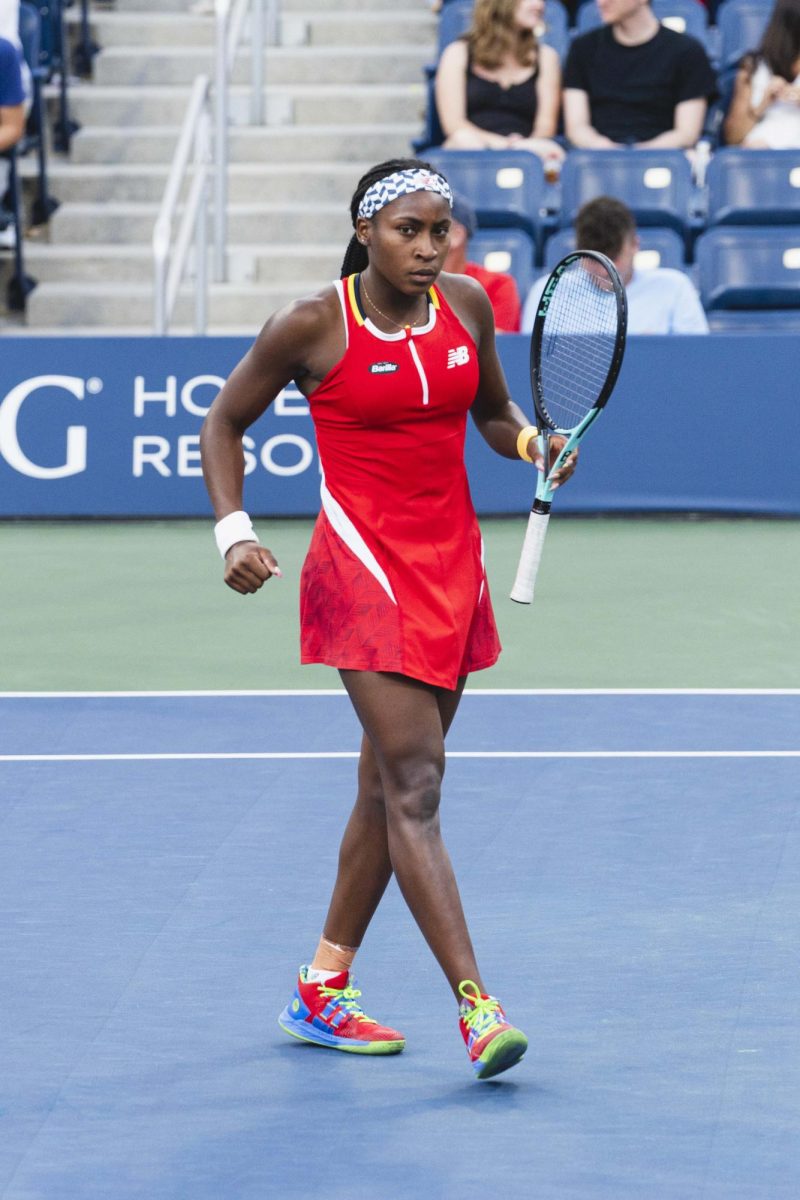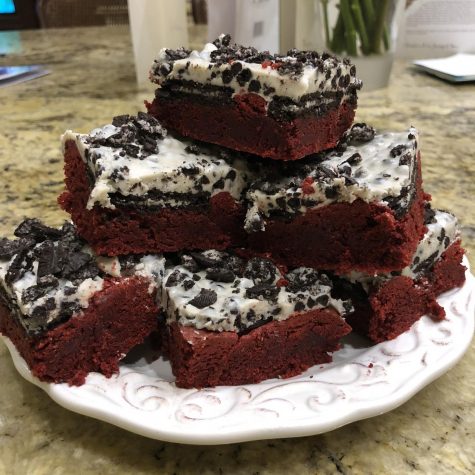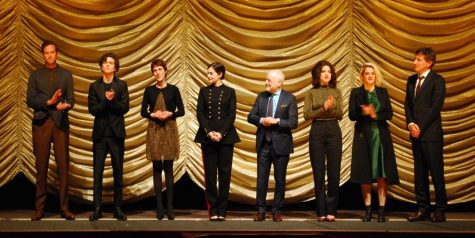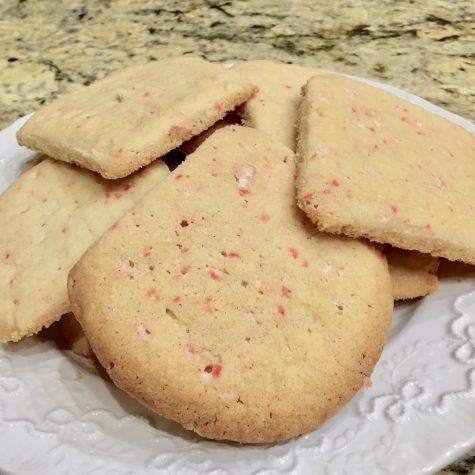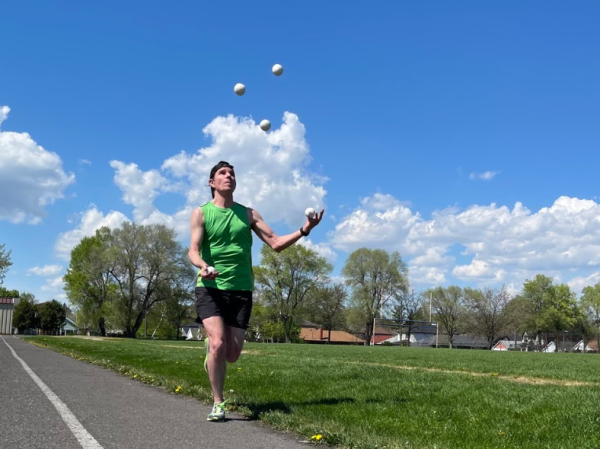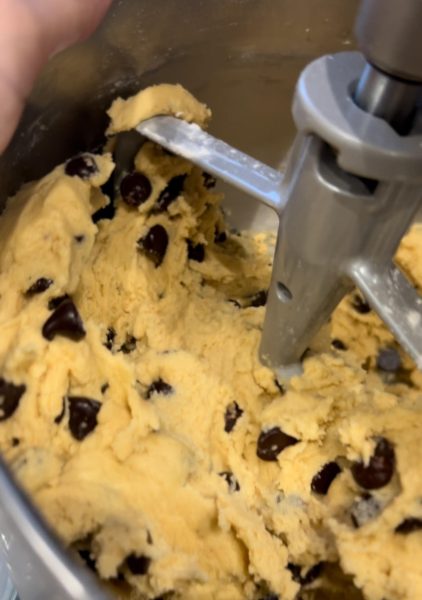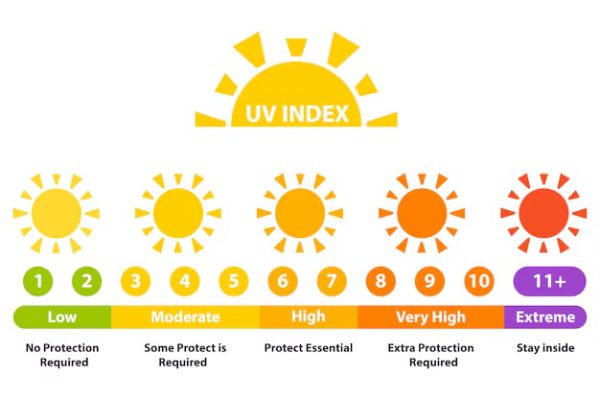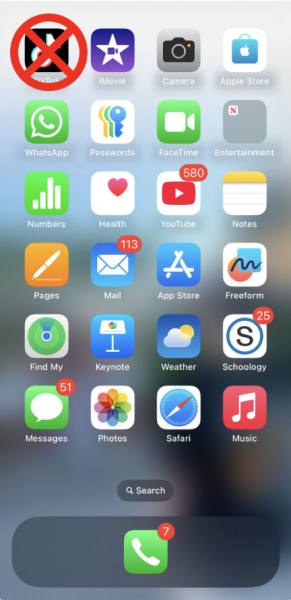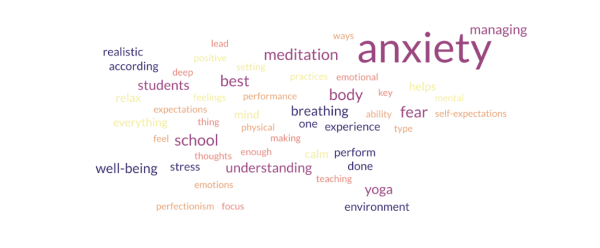Is Feminism the New Black?
[ot-caption title=”Kendall Jenner and Cara Delevingne leave the Chanel SS15 show with their placards (via AP Photo/Zacharie Scheurer)” url=”https://pcpawprint.com/wp-content/uploads/2014/10/1400×11412-11.jpg”]
I suppose I could say that my first introduction to feminism was through fashion. A shy eleven-year-old with enough fingers on one hand to count my friends, I couldn’t remember a time where the word “style” had not been, in my mind, synonymous with “confidence.” In seventh grade I became obsessed with silver screen starlets and attempted to emulate their effortless poise by wearing rhinestone clip-on earrings stolen from my grandma. In eighth, I decided to channel the chic aloofness of a Manhattanite by wearing a topknot and deep plum lipstick to school (I can still remember the jeers of my friends on this one, actually, but I kept it on all day). As I entered high school, my fashion references became more obscure – maybe I wanted to look like a rainbow-brite doll one day or a stylish zombie another. Now, when I want to feel confident, I swipe on the brightest or darkest color lipstick I can find, slick my hair back in braids, and fasten on some type of intimidating choker. At any rate, my experience with fashion has taught me that I don’t have to be defined by any one aspect of who I am, which sounds like quite a feminist notion at its core.
Although my experience with fashion has been largely positive, it would be naïve to generalize this statement. A more accurate generalization would be to state that the majority of the fashion industry functions on the contributions of mostly male designers creating work for mostly underage white models. Because of the power imbalances created by gender and age of artist and muse, 68.3% of models suffer from depression or anxiety, nearly 30% have experienced sexual assault on the job, and many suffer from eating disorders. The pressure the fashion industry puts on women is not self-contained, however, as non-models are expected to also conform to these beauty ideals. Favoritism towards thin, white, Western, upper-class women is not only perpetuated by designers, photographers, models, and writers, but also by everyone who picks up a magazine and decides to become a critic not of the designs but of the person hiding in them.
This brings me to my intended point of discussion. As part of Paris Fashion Week, Karl Lagerfeld led a rally of tweed-clad models down the Grand Palais for the finale of his Chanel SS15 show. Supposedly inspired by the feminist protests of the 1960’s, Lagerfeld had the models holding picket signs sporting claims like “Make Fashion Not War” and “Boys Should Get Pregnant Too!” One model carried a sign that read “Be Different.” As I look at the models at the show, however, I see very little that deviates from the norm – only twelve out of eighty-five models were of color, all fit the fashion beauty standard of thinness, and all were trailing behind a man down a runway in a way which was meant to be empowering. While Lagerfeld appropriated feminist imagery at a time when feminism may be considered “trendy,”this decision only points out all the changes that still need to be made in the fashion industry and in the public’s perception of what feminism is.
If a person is truly interested in using her wardrobe to communicate her beliefs, she should check out small label Me and You, designed by Julia Baylis and Mayan Toledo. Dedicated to making feminism accessible to a younger generation of girls, Baylis and Toledo create fun, interesting pieces with a purpose. Their lookbook, shot by photographer prodigy and feminist activist Petra Collins, features girls with curvy bodies looking comfortable in the easy designs. Supporting ideas like this is how feminism can affect the fashion industry in a positive way.
As Lagerfeld marched his crew of leggy employees down the runway, what was missing was a sense of true feminine identity. Finding empowerment within what it means to be a feminist is awesome, but commercializing the marginalization of others will never be.
Sources: Dazed & Confused Magazine, The Hairpin, The Model Alliance, The University Observer




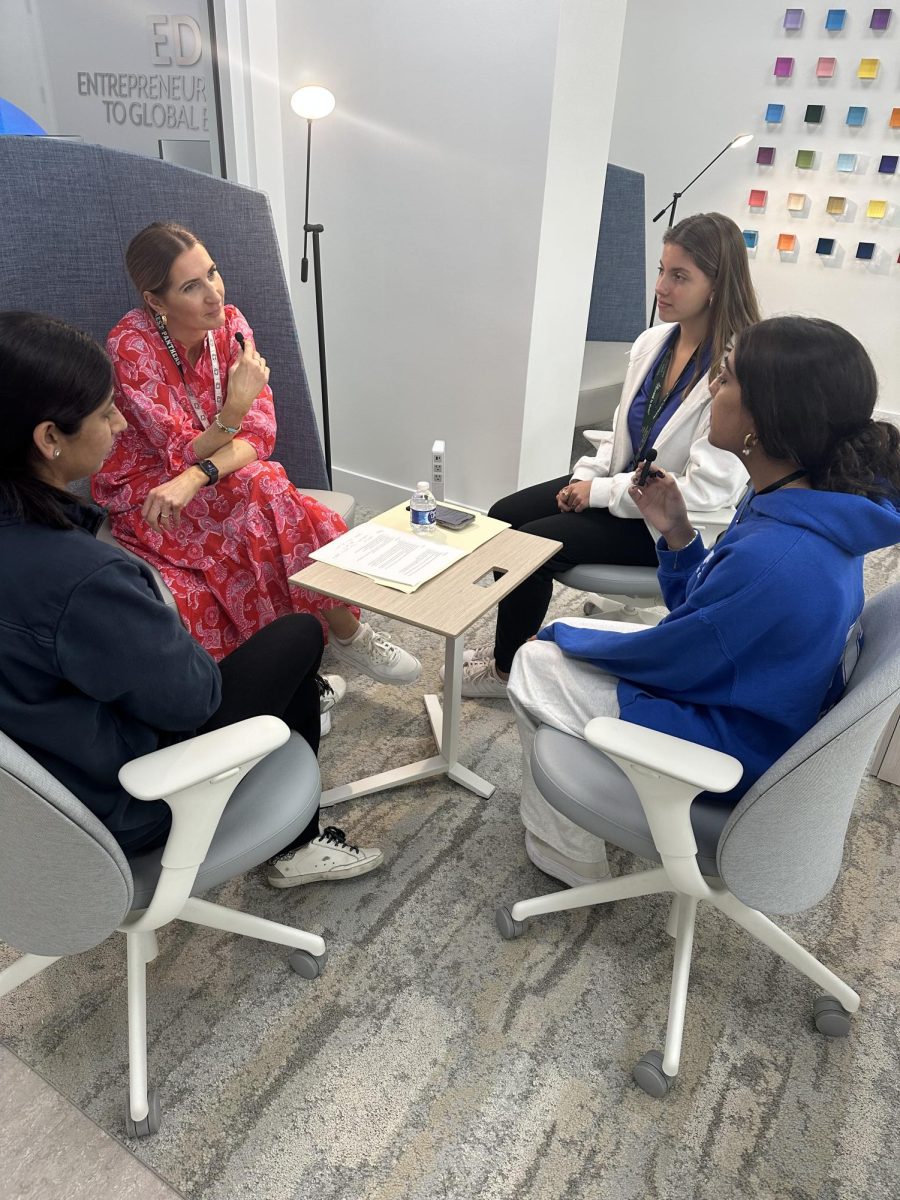


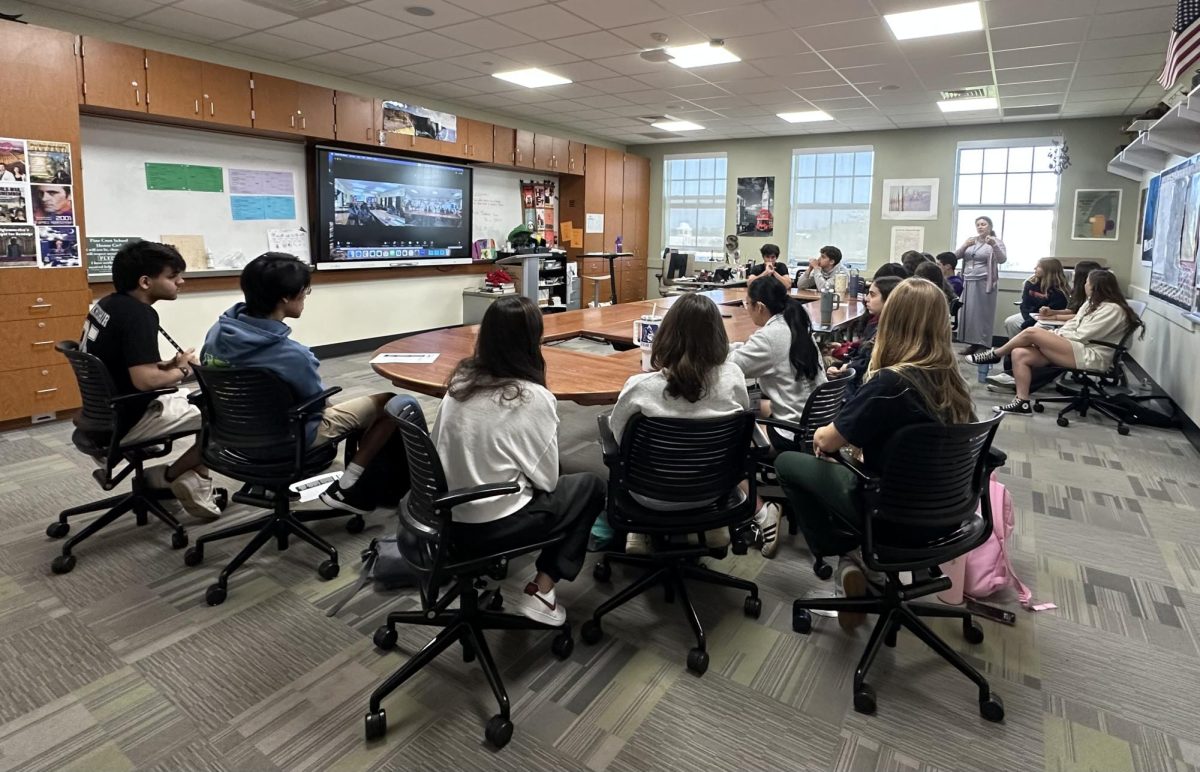


















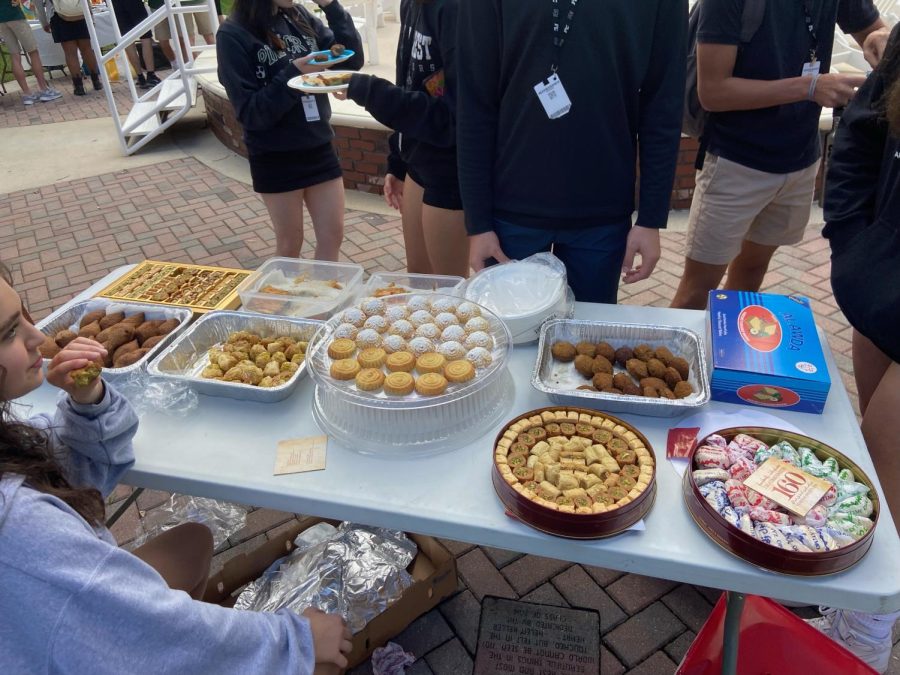
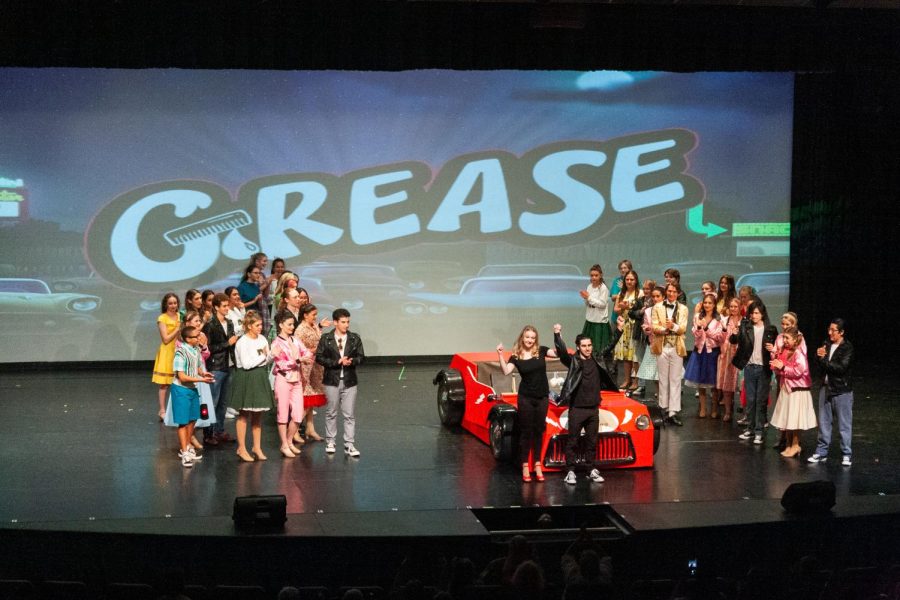




![Stranger Things 4: What to Expect [Warning: Contains Spoilers]](https://pcpawprint.com/wp-content/uploads/2021/11/StrangerThings4-900x473.jpeg)






































